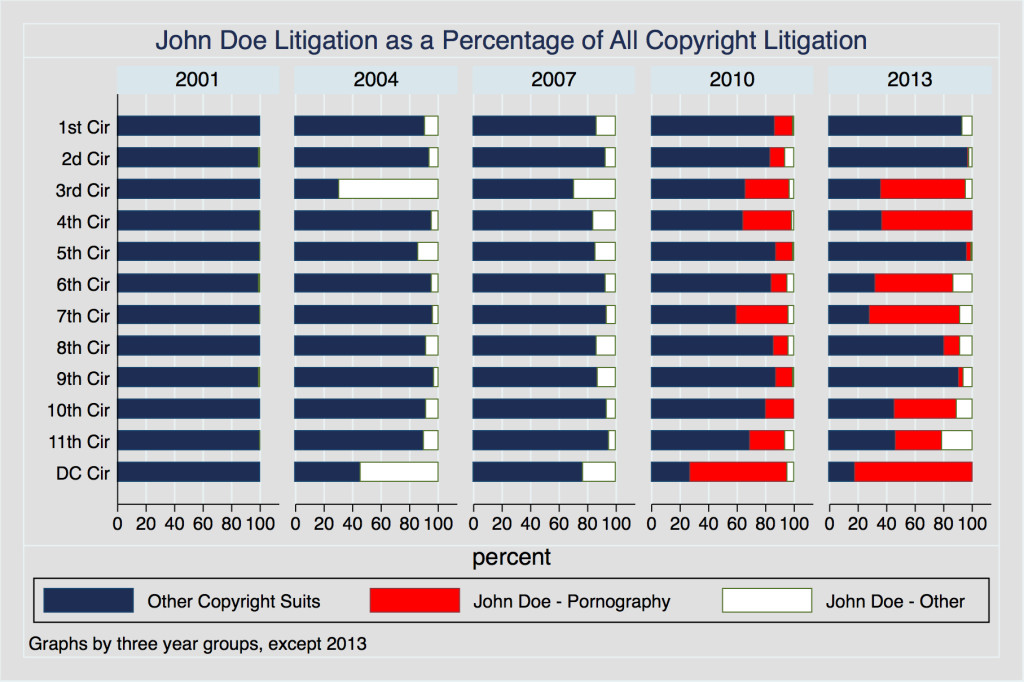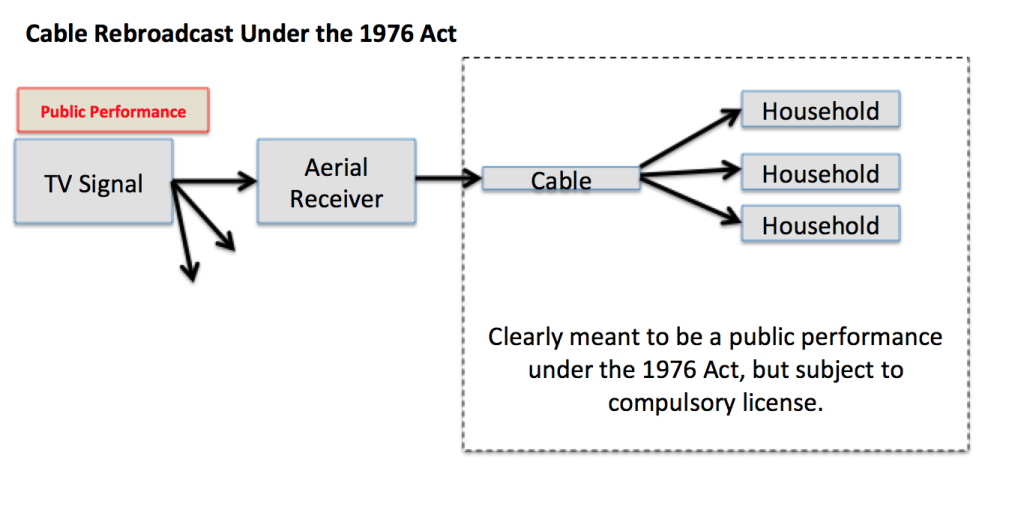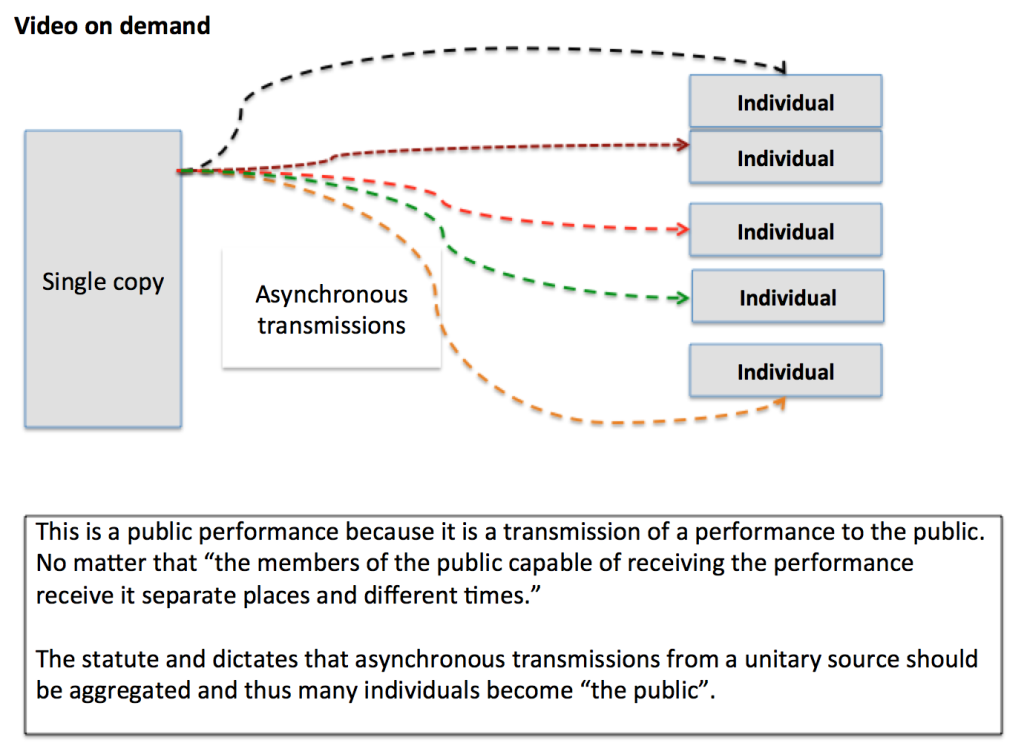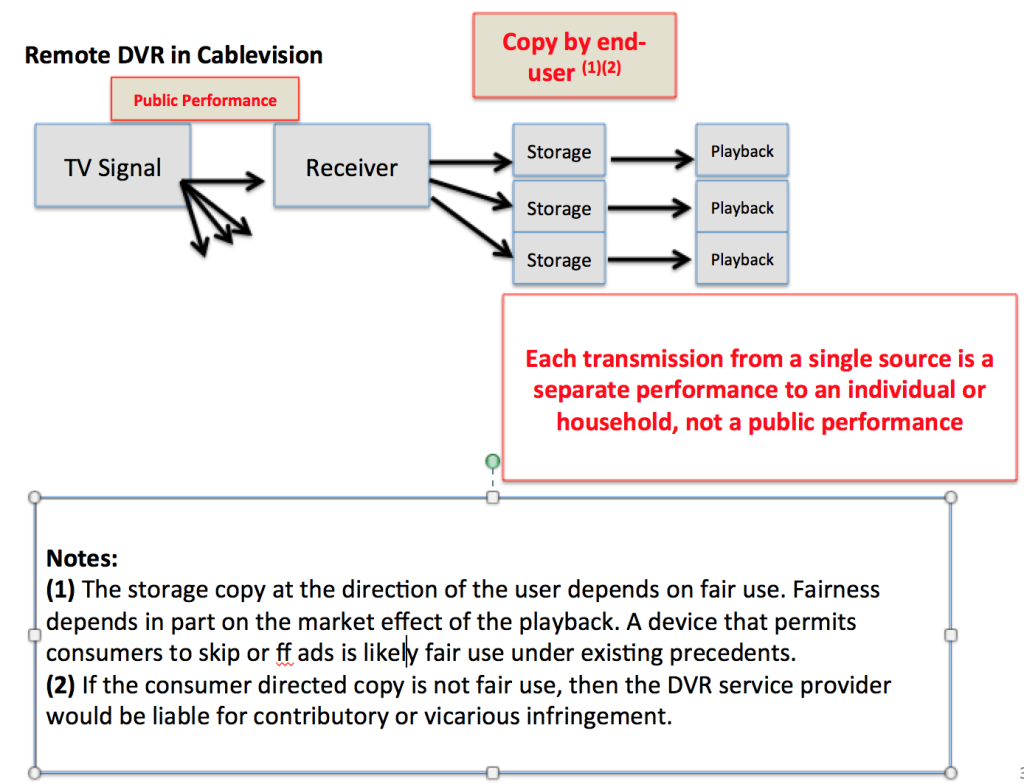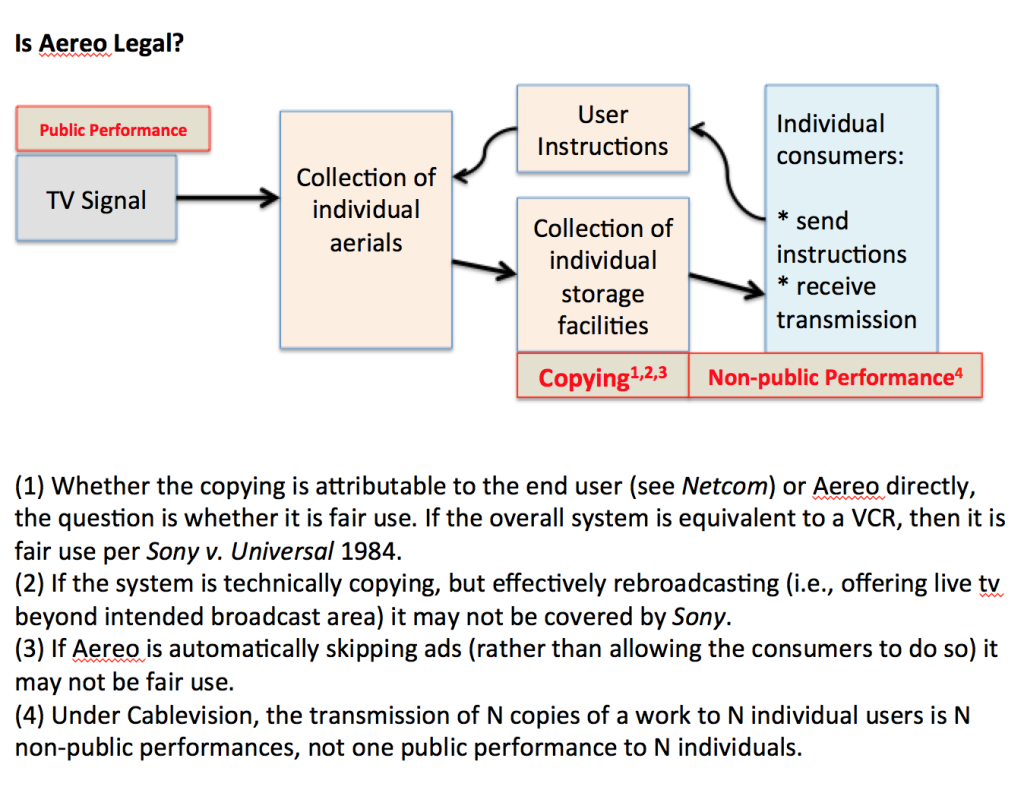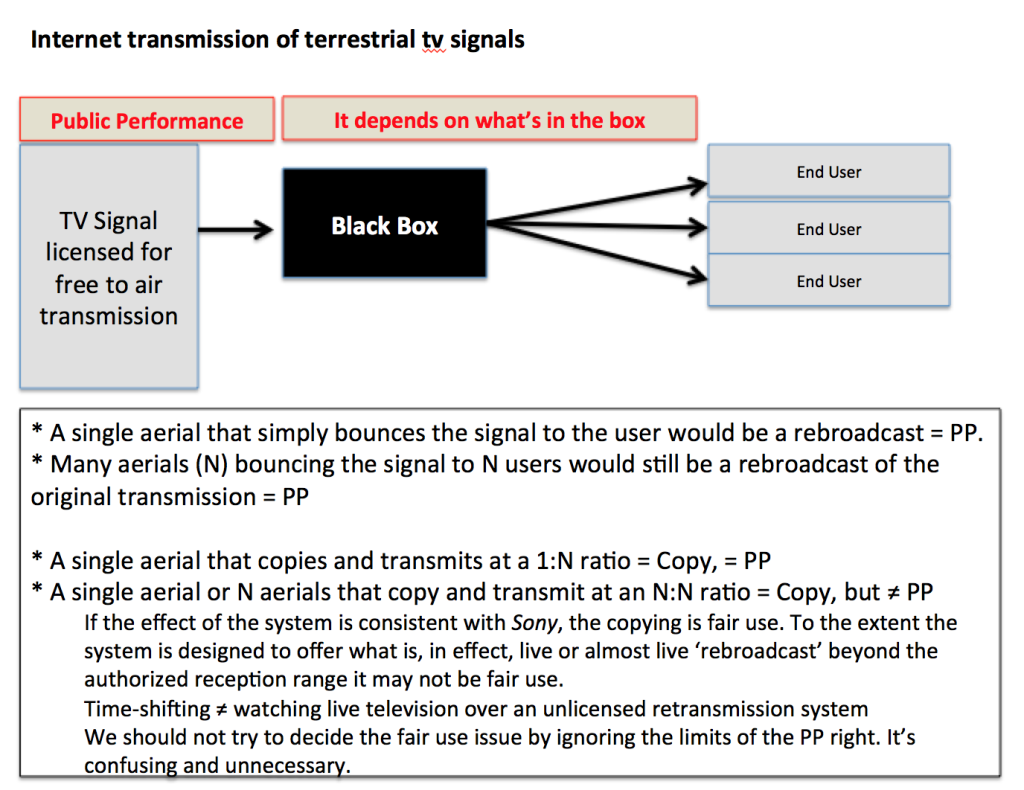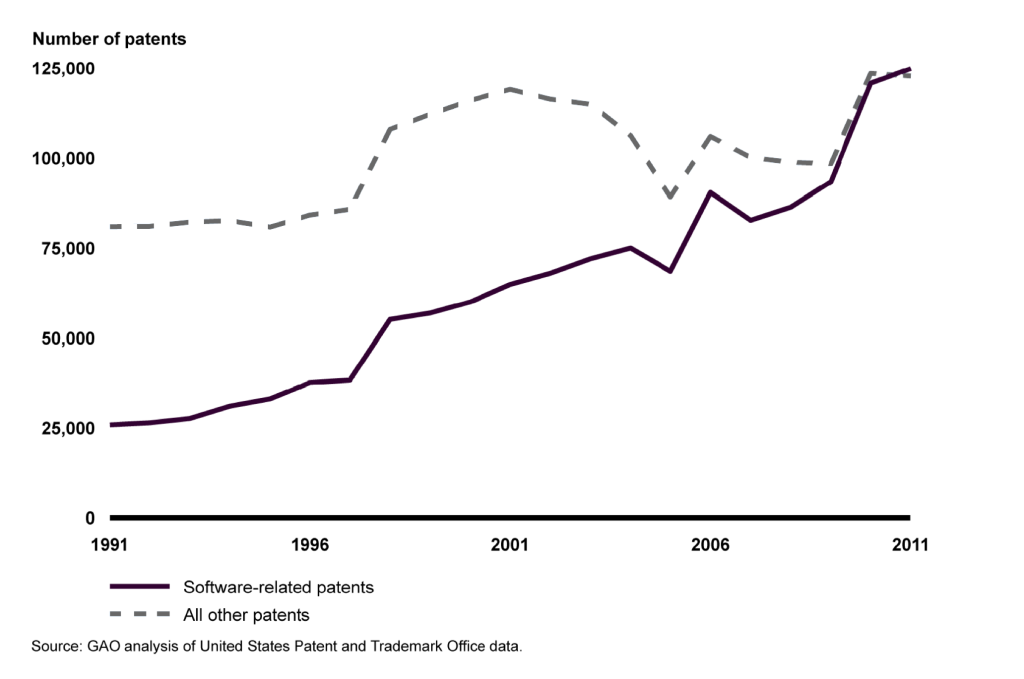Due to the level of interest in Garcia v. Google, the Ninth Circuit has a dedicated page providing information and key court documents to the public.
I have listed the Amicus briefs along with very cursory descriptions below. The briefs are all quite short.
Internet Law Professors — addressing the implications of the Court’s decision for Section 230 of the Communications Decency Act. Section 230 is vital to the health of e-commerce and web 2.0 businesses, it provides the legal foundation for many of the most popular websites that enable users to communicate with each other or the world at large. The panel’s broad interpretation of copyright law undermines Section 230 immunity without even expressly considering it. * I am one of the Amici for this brief.
Professors of Intellectual Property Law — arguing that the Court’s opinion misinterprets the baseline requirements for copyrightability. ** This is the brief to read for students of copyright law.
Adobe Systems, et al. It is not surprising that eBay, Facebook, Gawker, Kickstarter, Pinterest, Tumblr, Twitter, and Yahoo! would feel strongly about this case. These amici argue that the Court’s decision and order places too much responsibility on service providers to monitor their services and denies the public’s interest in free expression and access to information. They also argue that the Court’s order is unworkable and that the ruling poses a serious threat to online service providers’ businesses.
Netflix, Inc. — arguing that that the ruling creates a new species of copyright and risks wreaking havoc with established copyright and business rules on which third party distributors, such as Netflix, depend.
International Documentary Ass’n — arguing that the Court’s opinion has created uncertainty as to several fundamental concepts that are essential to modern filmmaking.
Floor64 (publisher of Techdirt.com) & Organization for Transformative Works —arguing that the Court’s decision undermines Congress’s goal of fostering online speech by effectively stripping intermediaries of the statutory protection they depend on to deliver it — i.e. the safe harbors created by the § 230 of the Communications Decency Act and the Digital Millennium Copyright Act (17 U.S.C. § 512).)
California Broadcasters — arguing that a finding that individual performances within films and television programs may be entitled to copyright protection creates uncertainly for entertainment media creators and distributors.
News Organizations — arguing that the Court’s decision did not properly consider important First Amendment interests and that it poses serious risk to news organizations that extend far beyond the unique facts of the case at hand.
Electronic Frontier Foundation, et al. — framing the issues in Constitutional terms and addressing the standard for preliminary injunctions.
Public Citizen Litigation Group — focusing on the correct standard for issuing an injunction restraining speech.

